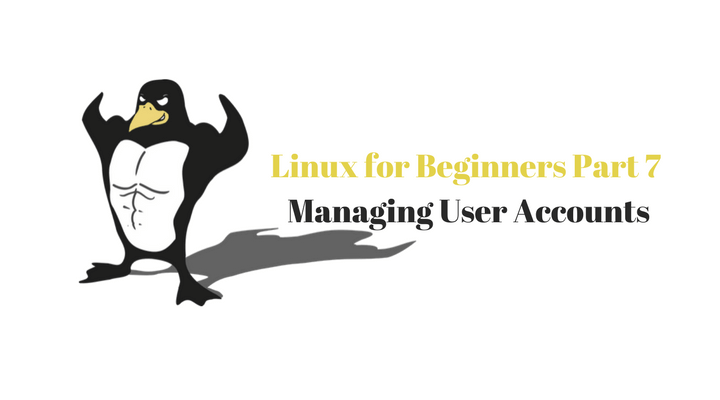Linux for Beginners Part 6 (Understanding File Permission and Ownership)
In this video tutorial, we continue to show you how to use Command Line On Linux Operating System.
Adding and managing users are common tasks for Linux system administrators. User accounts keep boundaries between the people who use your system and between the process that runs on your system.
- In this tutorial, we will be described not only how to create a new user, but also how to predefined settings and how to delete them.
- Using tools such as the useradd and usermod commands, you can assign setting such as a description of the users, location of the home directory, a default shell and so on.
And if you did not watch a previous part where we have discussed an understanding of file permission and ownership then we highly recommend to check this out!
For this type of project, you will need to install and run the Linux OS of any version that you like.
In our case, we will be using Raspberry PI 3 as a Linux source, since it’s much easier to connect to it than just run a virtual machine on your main OS if you do not use Linux as your primary OS.
What you need for this project:
- A computer on which Linux is installed.
Note. In this project, we will not explain how to use the Putty software to connect Telnet to your Raspberry Pi.
If you are interested, you can watch the video:





